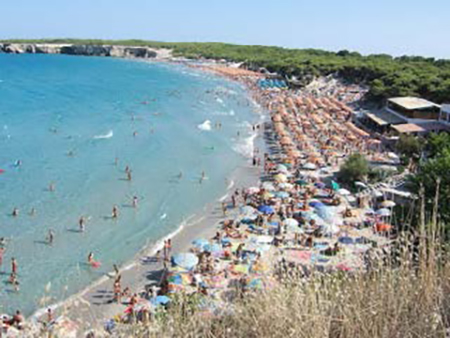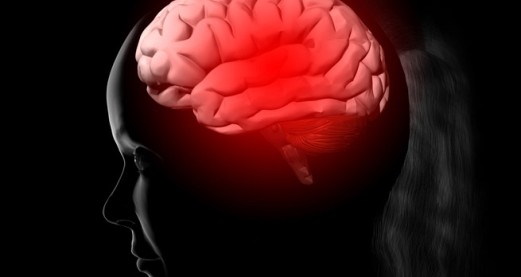 Beach near Otranto, Italy
Not all beaches attract the sun, but when they do, they attract sunbathers. The photograph was taken near Otranto, Italy, on a wonderfully sunny day. It was difficult to find a place to put even a tiny beach towel. From the air the patch- work of parasols and towels soaked up almost every square centimetre of sun. It was a feat that a tree canopy would have been proud of.
Beach near Otranto, Italy
Not all beaches attract the sun, but when they do, they attract sunbathers. The photograph was taken near Otranto, Italy, on a wonderfully sunny day. It was difficult to find a place to put even a tiny beach towel. From the air the patch- work of parasols and towels soaked up almost every square centimetre of sun. It was a feat that a tree canopy would have been proud of.
Let us say that Otranto beach is about 1 kilometre long and 50 metres wide. A lazy sunbather, lying on a towel under a flowery parasol, covers no more than a couple of square metres of sand. Those that gambol in the surf or impress with beach volleyball may cover more like 25 square metres. With around 4 metres depth of sand, and with your average grain of sand being a tiny 0.7 mm^3 – allowing for gaps – there’s about 10^11 grains per active bather.
By coincidence, that is approximately the number of neurons packed – much more tightly – into any one sunbather’s brain.
Of course, there is a big, big difference between brain and beach. Whereas one grain of sand touches only a few others, each neuron in a human brain can count as many as 7000 neighbours: around 7000 tangled synaptic tendrils reach out from each neuron. Our beach is simply 1000 times less connected than a human brain. Moreover, a grain of sand and a neuron are very different: the physical states that a grain of sand can be in are very few (orientation together with wet and dry spring to mind), whereas a neuron in the brain has a whole sigmoid function of possibilities. Humans think in the sun, sand just bakes.
Although each grain of sand is a tiny chip of silicon, as a silicon chip it computes a big round nothing, zilch, nada; touching only its nearest neighbours does not make even the slightest hum, never mind turning on the lights. Making the right connections is how difficult, precisely? Dummer first conceived of connecting silicon with the ‘integrated circuit’ in 1953, and since then larger and larger scale connection has been the goal of IT; and, although Joseph ‘Lick’ Licklider’s 1962 fantastically named ‘Intergalac- tic Computer Network’ contained most of the ideas that later became the Internet, we had to wait for Tim Berners-Lee’s invention of HTML to teach us how even a small sandpit-worth of computers – the 100 million or more processors that exist today – could communicate with each other.
Expert-systems-wise, networks of neurons have been the focus of simulation for over 25 years, starting with John Joseph Hopfield’s artificial neural networks (ANNs) in 1982. From that basis, and with many technological revisions, papers in Expert Systems currently present excellent results with ANNs based on a few hundred neurons. But it is still a long way from getting a ‘beachful of silicon’ thinking.
Not because it is the most polished or complete but because it is focused on leveraging artificial neural nets through the Internet, the Artificial Intelligence System project of Intelligence Realm Inc. intends to create – at least a small – thinking beach. Based on the Berkeley Open Infrastructure for Network Computing (BOINC) – the same technology as the basis of the much better known SETI1 project – the aim of the Artificial Intelligence System is to simulate the human brain, in real time. If their current experiments pay off, and it is early days yet, they will next cross the five-sunbather threshold: 500 billion neurons-worth of brain power. You can find out more about the project at http://www.intelligencerealm.com/aisystem.





Rate and Review
Rate this article
Review this article
Log into OpenLearn to leave reviews and join in the conversation.
Article reviews